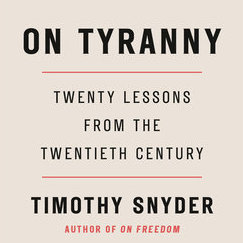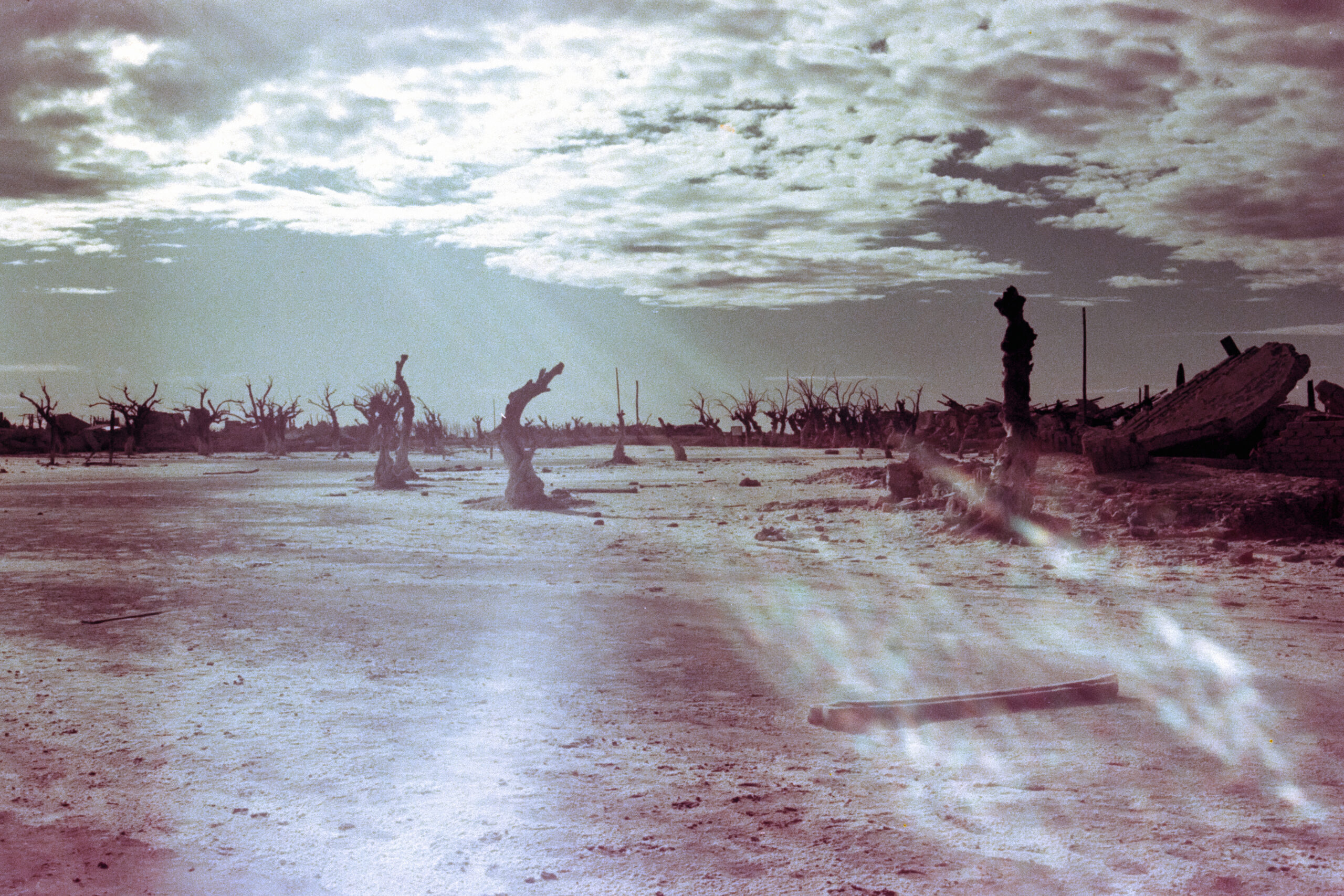1. A few days before I moved to Baltimore this summer, I read an article about the city’s racial dynamics that had just been published by D. Watkins, a relatively young black writer who’d grown up in Baltimore. He described a city so racially segregated that it felt like two different places: one black, one white; one dangerous, one quaint; one introduced to him as a kid growing up in East Baltimore and one that he found later as a college student in North Baltimore, attending the predominately white private liberal arts college, where I had just accepted a job. Watkins painted a picture of two adjacent but separate worlds, a place where, he says, white people somehow manage to host literary events in a city that is more than 60% black without one black face in the crowd. The white people in his article, many of whom he had met at the school where I was about to teach, seemed clueless, patronizing, sometimes explicitly racist, and, often, uncomfortably familiar to me. To grow up as an American is to grow up with racism, a felt history that lingers, sometimes almost invisibly, but with far-reaching consequences. To be an American and find stories of racism shocking is disingenuous, and yet, to be perpetually unsurprised is, in a way, to stop listening. I wanted to listen, but I knew already that it was going to take time before I understood.
In my first weeks in Baltimore, I got lost almost every time I left the city and was told repeatedly and by many sources (neighbors, friends, my girlfriend’s new coworkers) that the city was designed this way on purpose: no direct outlets between city and suburb, no easy exits. It was supposed to be difficult to leave. They said the city had built-in barricades between black neighborhoods and white suburbs, and this was why one had to take a circuitous drive through the city’s roads to reach beyond city lines.
There was something compelling to me about this story and its literal metaphors, something that felt true even if I was so poorly oriented in my new surroundings that I wasn’t quite sure which boundaries and expressways we were talking about. Baltimore, after all, legally mandated block-by-block segregation for a few years in the early 1900s and is still frequently cited as being among the American cities with the greatest level of racial segregation and racial disparities. It seemed true. But, when I tried to confirm what I’d heard, I found only a series of tedious academic articles about the history of federal highway planning in the mid-twentieth century and the decades of debate about these road projects in Baltimore. The story suddenly seemed longer, more convoluted, and much less satisfying. I had wanted a kind of dinner-party narrative, a short, memorable explanation of the city’s infrastructure, and what I found instead was a history assignment. If I wanted to understand Baltimore, I was going to have to work harder.
2. I was raised by white parents born in the 1940s, who wanted me and my sisters not to be racists. This was especially important to my mother who had grown up in North Carolina and who, up until the middle of high school, had gone to segregated schools. In the small, poor, nearly all-white towns in western Pennsylvania, where I spent most of my childhood, her anti-racism parenting campaigns were both a source of pride to me and a source of profound embarrassment. She took us to multi-cultural events and Martin Luther King Day celebrations in Pittsburgh; she put a “Free Namibia” bumper sticker on the back of our minivan; she made sure that at least one of the four newspaper articles we were required to read daily and report on at the dinner table featured international news; and, most embarrassingly, she scolded other people’s kids for saying things she found to be racist.
Later, when I was older, I would come to appreciate my mother’s efforts and the challenges she faced in trying to teach us cultural awareness in these settings. At 16, I would move to Charlotte, North Carolina; I would make friends who weren’t white; I would go to college; and, eventually, I would start to think that not being a racist was complicated. I would think that maybe not being a racist had benefits beyond my own self-image and might require some kind of action.
3. In the background of a new job and a new city, I’ve spent much of this first semester reading opinion pieces about race relations in Ferguson and the killing of Michael Brown. Partially because they are on every social media and news site, and partially, I guess, because so many of them—Jelani Cobb’s “Crimes and Commissions,” Robert P. Jones’s essay on self-segregation, Roxane Gay’s op-ed on the “economics of spectacle”—seem to be infused with an eloquent urgency that maybe only tragedy and long-brewing frustration can inspire. I want to say that I follow this news out of civic duty, but I find myself reading as I always do, half writing teacher, half writer, half hoping to be swayed and seduced by language, half hoping to learn writing tricks I can a borrow. What happens in this sentence that makes it compelling? How does paragraph A get to paragraph B? As if everything is a matter or knowledge and craft. As if the whole world can be changed with more information and better sentences.
4. As an exercise in my first-year writing class, I ask my students to make a list of issues about which they have changed their minds. We have just started a new unit on op-eds and have been talking about how to write for an audience that is neutral or resistant, how to persuade a reasonable person who disagrees. What does it take? What kinds of evidence are most convincing? My students are suspicious about sharing their beliefs out loud and want to know if I will collect this writing exercise. “No,” I say. “Just make a list.” They make lists. “Personal experience” gets high points but not as much as “the experience of a friend or family member.” “Reading about the issue” gets one vote out of 40.
“Now,” I say, “Think about how long it took. One day? One week? One month? A year or more?” They think for a minute, and then we make a chart on the board of whose mind was changed by what tactic and how much time it took. Our informal survey suggests that people’s opinions shift slowly, usually over the course of many months, and that the change takes longer the more distanced your personal experience is from the evidence.
My students seem perplexed, and I hesitate for a moment, flustered. It sounds as if I am saying that they shouldn’t bother to write, and I mean the opposite. I am trying to say that good writing is hard but worth it. I am trying to say that the relationship between reader and writer hinges upon the ability of each party to imagine the other as a real person whose experiences and beliefs are valid. I am trying to say that writing allows us to step outside of ourselves and picture the stranger on the other side of the page, reading our words and, somehow, as if by magic, understanding exactly what it was we meant to say.
Marian Crotty’s writing has appeared in journals such at Third Coast, The Greensboro Review, Confrontation, and Michigan Quarterly Review; stories are forthcoming in the Southern Review and The Atlantic.



